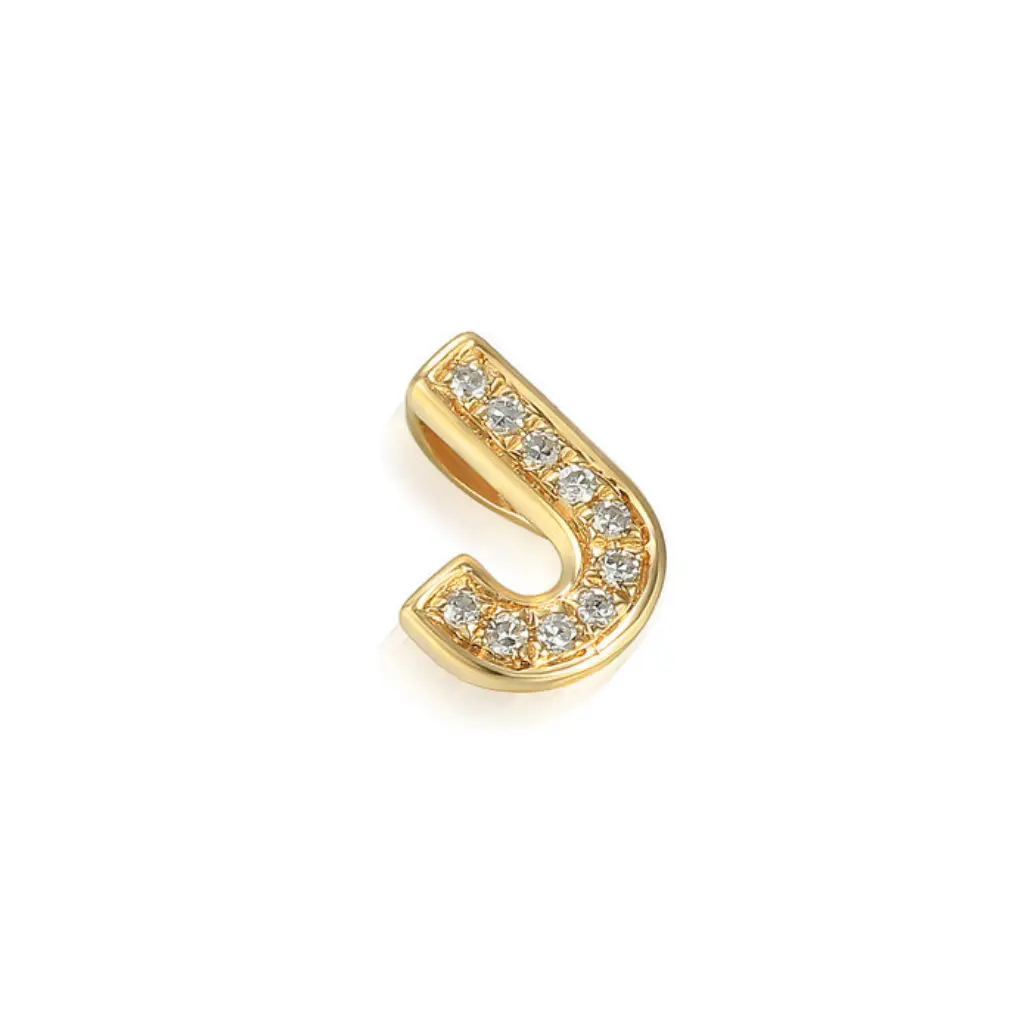It is very rightly said that every piece of jewellery tells us a story. We believe this statement to be very true. Just like characters out of a novel, materials used in creating jewellery have their own role to play to help tell the story of jewellery.
To give you a better understanding of different metals used in jewellery making, we have compiled a guide. With this guide, we hope to deliver more knowledge about metals in jewellery making and what goes behind the scenes.
What are the Different Types of Metals used to Make Jewellery?
There are various materials used in making jewellery. These metals can be divided into two categories - precious metals and base metals.
Precious metals include metals such as gold, silver, platinum, and palladium. These metals have a higher value due to their rarity. These metals are also more difficult to extract from the earth.
Base metals are non-precious metals such as lead, copper, zinc etc. These metals are usually added along with precious metals to create jewellery.
Each metal has varying degrees of workability due to its physical and chemical properties. Jewellery is created using the best of these properties. Each metal has its own lustre, heft, hardness, strength, ductility, malleability and durability.







